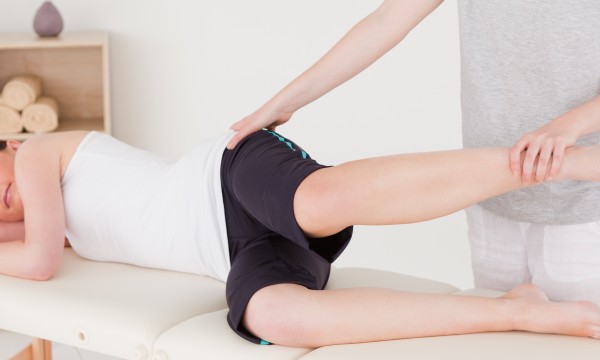If you have diabetes, monitoring your blood sugar levels can be important. Especially before you eat or exercise. As long as your blood sugar is under control, there's no bad time to exercise. In fact, exercise can be an important part in managing your diabetes. Here are some guidelines to follow.
- Browse Categories
- All Tips
-
Home & Garden
- All
- Appliances
- Bathroom
- Cleaning
- Crafts
- Decorating
- Electrical
- Flooring
- Furniture
- Garage Door
- Gardening
- Green Living
- Heating
- Home Alarm Systems
- Home Maintenance
- Home Remedies
- Home Security
- Home Staging
- House Sitting
- Junk Removal
- Kitchen
- Lawn Care
- Lock Systems
- Moving
- Outdoor Living
- Pest Control
- Plumbing
- Renovation
- Roofing
- Snow Removal
- Storage
- Tools
- Tree Service
- Health
- Family
- Travel
- Auto
- More Tips

Blood sugar and exercise: what you need to know
October 9, 2015

1. Protect against hypoglycemia
Don't exercise if your blood sugar is below 100 mg/dL. While you should have a plan for these situations based on a conversation with your doctor, the typical advice is to immediately eat 15 grams (half an ounce) of carbohydrate.
- That could be three to four glucose tablets, 125 millilitres (1/2 cup) of orange juice, 15 millilitres (one tablespoon) of honey, six Lifesaver candies, 175 millilitres (3/4 cup) of a regular soft drink or 15 millilitres (one tablespoon) of sugar dissolved in water.
- A chocolate bar isn't ideal because the fat it contains can delay the glucose-raising effect.
- Wait about 20 minutes, then check your blood sugar again.
- Keep snacking until blood sugar rises above the 100 mg/dL mark.
2. Protect against hyperglycemia
Test for ketones (using a urine ketone test strip) if blood sugar before exercise is above 240 mg/dL. If the test detects ketones, don't start exercising until you've taken more insulin to handle glucose uptake during your workout.If ketones are absent, don't exercise if blood sugar is above 400 mg/dL if you have type 2 diabetes, or 300 mg/dL if you have type 1 diabetes.
3. Stay alert afterward
Blood sugar can continue to fall long after you've exercised, so don't let your guard down for signs of hypoglycemia until 24 hours after your workout.
Remember that while being active is important for anyone who wants to live a healthier lifestyle, you need to consult your doctor before you start any exercise regime or if you have doubts about any of the exercises you're doing.







